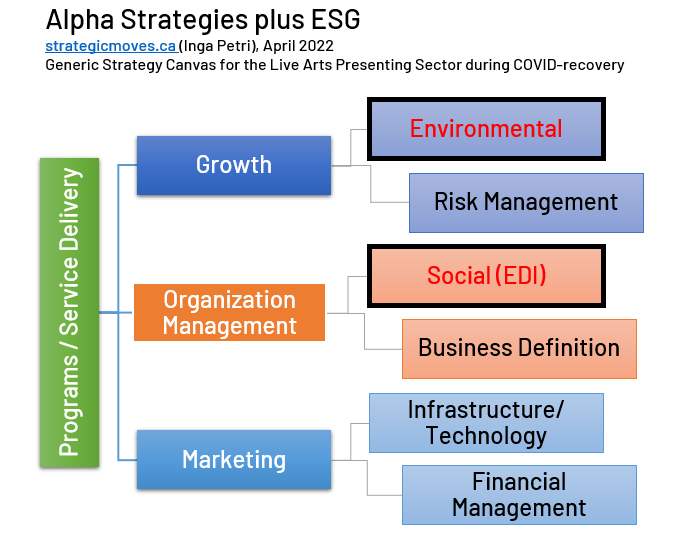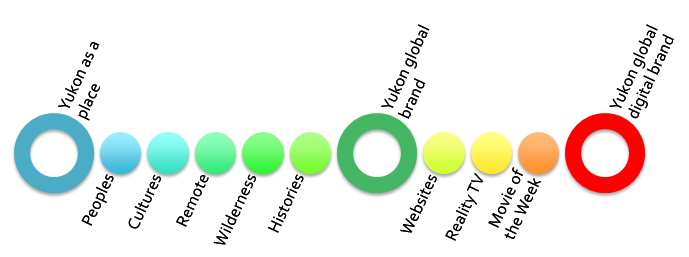Marketing has changed irrevocably over the last 10 to 15 years. While the harbingers of consumer power were evident in the late 1990s, with the advent of the Internet and mobile and then smart phones, the changes have now solidified and they continue to accelerate.
The web is no longer a new media. The body of knowledge and practice of integrated marketing has grown up.
Integration of websites with social networks and mobile apps
Youtube was launched in 2005, Facebook and Twitter came into the public view in 2006. Barely approaching a decade old they have an unprecedented reach ranging from 500 million to 1+ billion users.
Recently, smart phones with touch screens, tablets and e-readers with web access have become ubiquitous.
Great websites have evolved from early “brochure-sites”, UseNet groups and List Serves to well functioning hubs of branded transactions with considerable social media integration and mobile connectivity.
Seemingly limitless access to information, easy consumption of entertainment, and creation and sharing of content and experiences have transformed how we behave, what we expect and what we want.
Contemporary marketing more than ever is about compelling stories, co-creating meaning, and making research and purchases easy and immediate. The increasing integration of services like Youtube, Facebook, Twitter and many more – with both desktops and mobile devices and within websites – creates new dynamics between organizations and their customers.
Today, website pages can be shared with a push of a button to a user’s social media universe. They can be used to amplify a use’s own brand and they can be used to ridicule or support an organization or a product. It can raise awareness, start conversations or elicit sales through these wider social networks. Similarly, organizations are cross-linking their web sites and social media presence to provide a seamless user experience, going where users are.
Do-it-yourself
Websites used to be expensive custom installations, with the best requiring substantial user research and expert programmers.
Today, WordPress and similar services have become robust DIY web tools that work well, have extensive plug-in options for customization and keep costs low.
Many of these off-the-shelf options also have an embedded option to create a mobile-friendly version of a websites. This is important as more and more users visit websites using their mobile devices and their much smaller screens.
Mobile applications
The ‘appification’ of the online experience has advanced rapidly in the last five years to the point, where man of us retain little awareness that apps use online content, i.e. content that resides on a server elsewhere. The best apps are content and feature rich, while super simply to use.
Festivals have embraced them to deliver a variety of information and on-site experiences. Here again, there is a build it once and sell it many times philosophy, enabling affordable, ready-made solutions to almost any size event.
Today, apps live on non-standard operating systems, i.e. apps are developed for the various platforms of smart phones. That means, if resources require development for just one platform, considerable thought has to go into who the target market is and the dominant platforms in use.
The power of accessing rich content through tiny devices that one carries everywhere creates a brand new dynamic of relationship to and expectation of brands.




